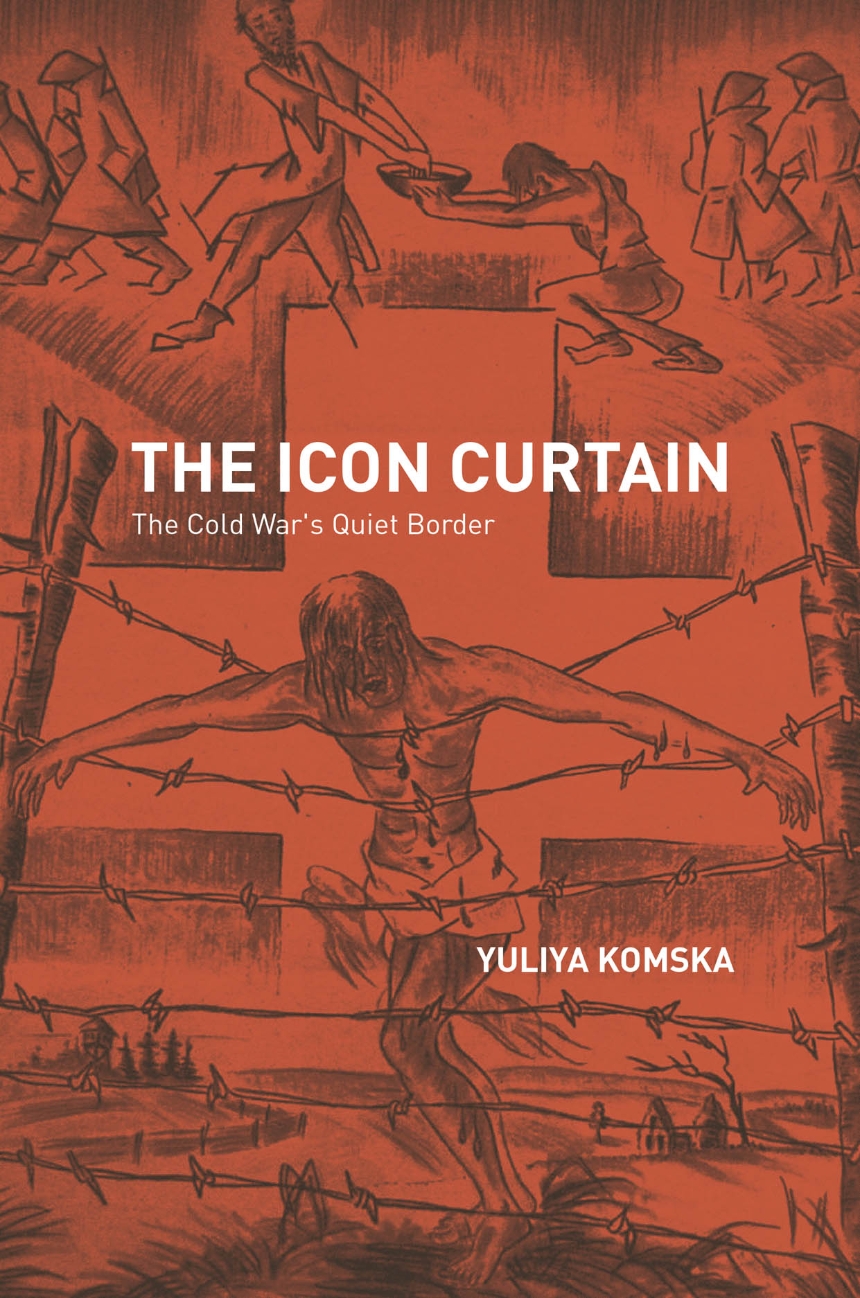The Icon Curtain
The Cold War’s Quiet Border
Yuliya Komska transports readers to the western edge of the Bohemian Forest, one of Europe’s oldest borderlands, where in the 1950s civilians set out to shape the so-called prayer wall. A chain of new and repurposed pilgrimage sites, lookout towers, and monuments, the prayer wall placed two long-standing German obsessions, forest and border, at the heart of the century’s most protracted conflict. Komska illustrates how civilians used the prayer wall to engage with and contribute to the new political and religious landscape. In the process, she relates West Germany’s quiet sylvan periphery to the tragic pitch prevalent along the Iron Curtain’s better-known segments.
Steeped in archival research and rooted in nuanced interpretations of wide-ranging cultural artifacts, from vandalized religious images and tourist snapshots to poems and travelogues, The Icon Curtain pushes disciplinary boundaries and opens new perspectives on the study of borders and the Cold War alike.
288 pages | 32 halftones | 6 x 9 | © 2015
Geography: Cultural and Historical Geography, Social and Political Geography
History: European History
Sociology: Social Change, Social Movements, Political Sociology
Reviews
Table of Contents
List of Illustrations
List of Abbreviations
Introduction
Chapter 1. Conditions: Ruins of the Cold War
Chapter 2. Cornerstones: Iconoclasm and the Making of the Prayer Wall
Chapter 3. Infrastructure: Civilian Border Travel and Travelogues
Chapter 4. Uses: Visual Nostalgia at the Prayer Wall
Epilogue: Tragic Frames
Acknowledgments
List of Archives
Notes
Index
Awards
Modern Language Association: MLA Scaglione Prize for Studies in Germanic Languages and Literatures
Honorable Mention
